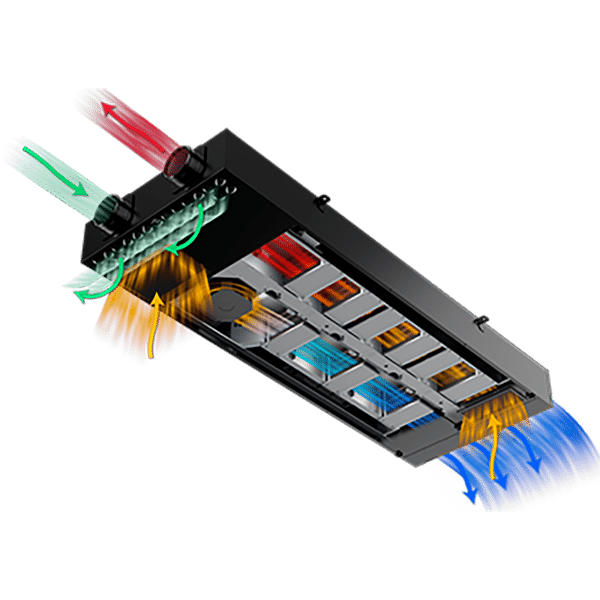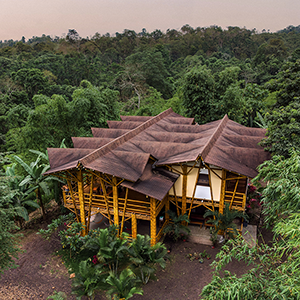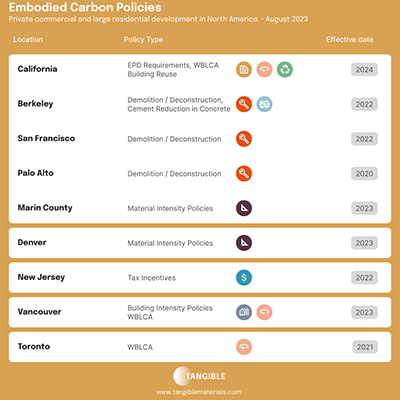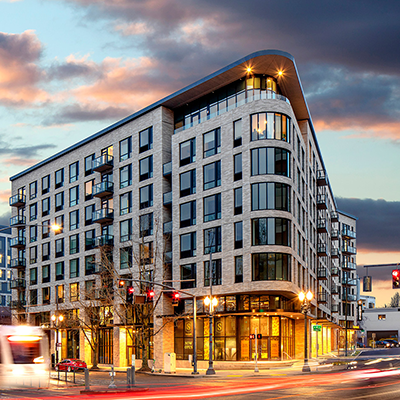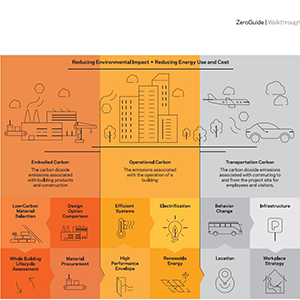A mission to create a climate fit for life and reverse global warming
by Lisa Conway
VP of Sustainability, Interface Americas
In 1994, Interface’s founder Ray Anderson set our company’s first moonshot goal. Coming on the heels of his famous “spear in the chest moment” that changed his perspective on business and sustainability, he set a goal of zero negative impact on the planet by the year 2020 when others were just beginning to talk about sustainability. He shook the foundation of the flooring industry by declaring Interface’s pursuit toward becoming one of the world’s first environmentally sustainable and restorative companies.
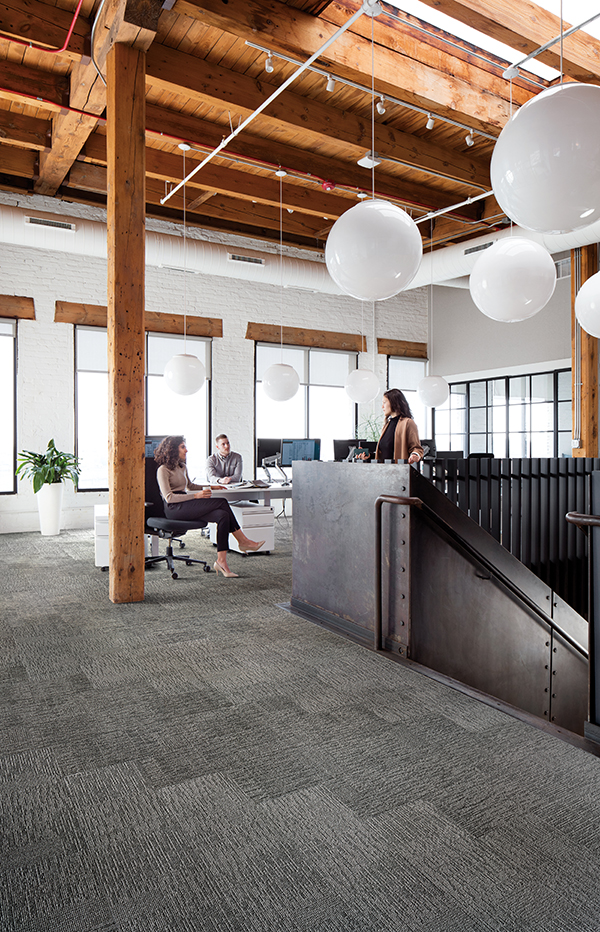
The Embodied Beauty™ collection includes Interface’s first-ever carbon negative products in three unique styles: Shishu Stitch™, Tokyo Texture™, and Zen Stitch™.
Our goal to transform our business, later named Mission Zero®, led Interface to focus on making changes to our factories, products and supply chain. After deeply reducing the environmental impacts of our business and operations, we declared Mission Zero success ahead of our 2020 target.
After achieving this important milestone, we set out to achieve our next ambitious moonshot, Climate Take Back™, which aims to reverse global warming. With this aggressive goal, we endeavor to become a carbon negative enterprise by 2040.
Given that the built environment is responsible for nearly 40% of global carbon emissions, it’s important for Interface to become a carbon negative company. Similarly, other members of the building community must follow suit as we know that Interface can’t reverse global warming on our own.
The Framework for Our Carbon Negative Journey
When we launched our Climate Take Back mission, we established a framework and plan for our business with the ultimate goal to reverse global warming, which is based on the critical need to limit global warming to 1.5 degrees within the next century.
With this in mind, we set out to radically decarbonize our current systems while restoring and protecting natural carbon sinks and scaling up carbon removal technologies. We also wanted to develop a business plan that enabled us to meet these needs while encouraging others – both in our supply chain and outside our industry – to adopt a similar approach.
This thinking led us to identify four areas of our Climate Take Back strategy, which take our mission from vision to reality. The framework is:
- Live Zero – Aim for zero negative impact on the environment.
- Love Carbon – Stop seeing carbon as the enemy and start using it as a resource.
- Let Nature Cool – Support our biosphere’s ability to regulate the climate.
- Lead the Industrial Re-revolution – Transform industry into a force for the future we want.
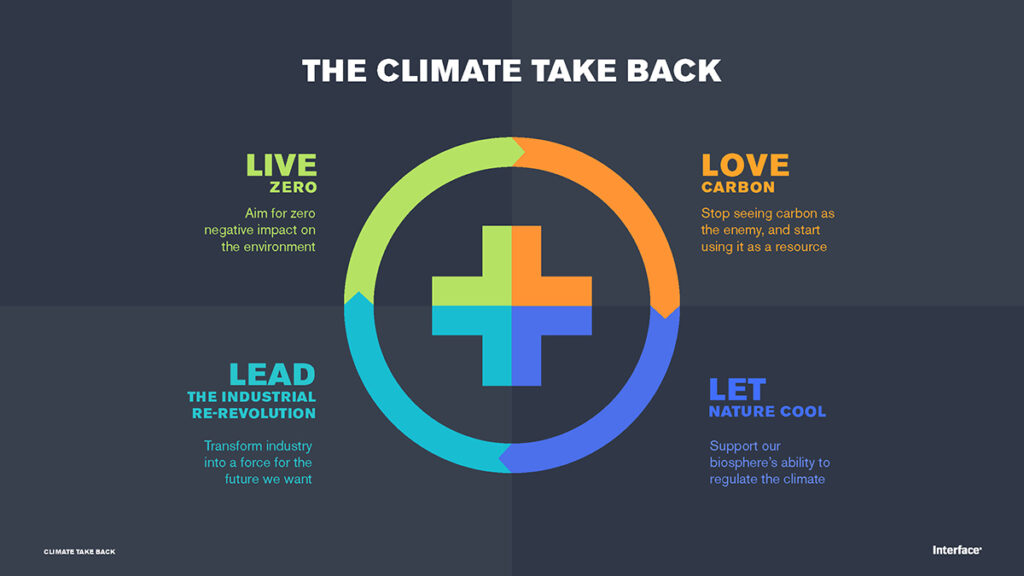
As we work to become a carbon negative enterprise by 2040, we are developing processes, products and partnerships that build upon this framework and position us for success.

Lisa Conway
Reducing the Carbon Footprint of Our Product Portfolio
Guided by the framework of our Climate Take Back mission, Interface set out to consider how we could continue to reduce the carbon footprint of our product portfolio. We already produced carpet tiles with the lowest carbon footprint in the commercial flooring industry, but we recognized the need to further reduce our carbon impacts.
In October 2020, we took a significant step forward in our journey to become a carbon negative enterprise with the introduction of the world’s first carbon negative carpet tile, measured cradle to gate.*
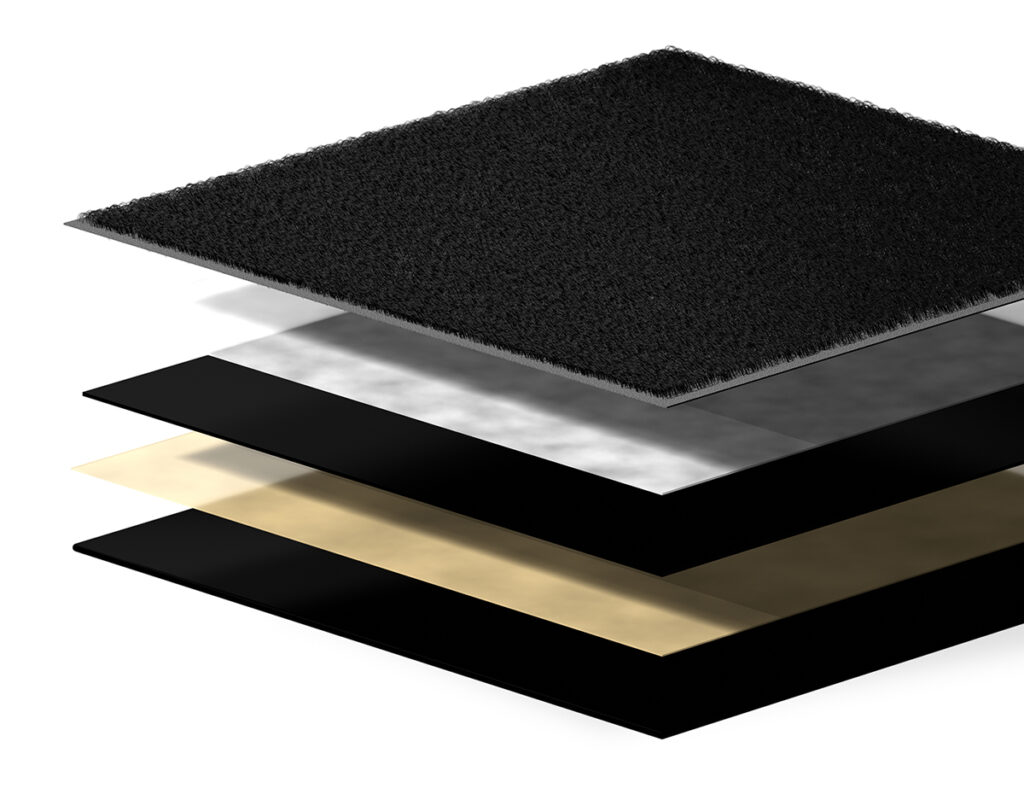
CQuest Tile
This breakthrough builds on the 2018 expansion of our third-party verified Carbon Neutral Floors™ program and enables us to make simultaneous progress towards our 2040 goal while helping our customers deliver on their own sustainability objectives.
Our new backings platform, called CQuest™, features three carbon negative carpet backings, including CQuest™BioX, our carpet backing that stores more carbon than any before. By combining CQuestBioX with specialty yarns and proprietary tufting processes, we are able to create a cradle-to-gate carbon negative carpet tile. This means that after it is made, there is less carbon dioxide in the atmosphere than if the tile had not been manufactured in the first place. To create the new backings, we incorporated proprietary bio-based materials – specifically, rapidly renewable, plant-based materials – that store carbon and keep it from contributing to global warming.
Notably, our carbon negative carpet tile innovation is one of the only examples of a commercialized carbontech product that utilizes carbon as a resource.

Interface HQ in Atlanta, Georgia
We are proud of our achievements so far, but we also recognize that our carbon negative journey is far from over. Although Interface is only one company, by spearheading continually more sustainable practices, we can generate a ripple effect far beyond our own industry. Together, we can create a climate fit for life.
*Based on publicly available information from The International EPD® System, Institut Bauen und Umwelt e.V., and UL Environment.

